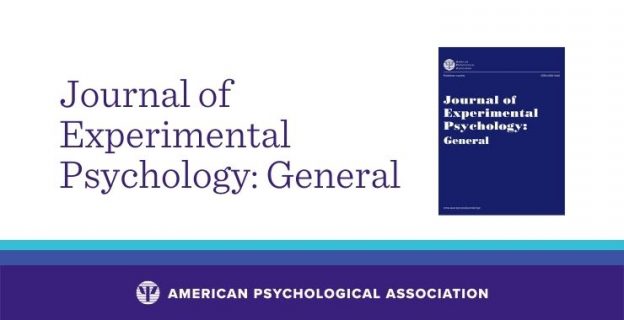17.08.2022
A new publication by Patrycja Kałamała, Adam Chuderski, Jakub Szewczyk, Magdalena Senderecka and Zofia Wodnieckais now available: Bilingualism caught in a net: A new approach to understanding the complexity of bilingual experience. Click here for more information!
Abstract:
The growing importance of research on bilingualism in psychology and neuroscience motivates the need for a psychometric model that can be used to understand and quantify this phenomenon. This research is the first to meet this need. We reanalyzed two data sets (N = 171 and N = 112) from relatively young adult language-unbalanced bilinguals and asked whether bilingualism is best described by the factor structure or by the network structure. The factor and network models were established on one data set and then validated on the other data set in a fully confirmatory manner. The network model provided the best fit to the data. This implies that bilingualism should be conceptualized as an emergent phenomenon arising from direct and idiosyncratic dependencies among the history of language acquisition, diverse language skills, and language-use practices. These dependencies can be reduced to neither a single universal quotient nor to some more general factors. Additional in-depth network analyses showed that the subjective perception of proficiency along with language entropy and language mixing were the most central indices of bilingualism, thus indicating that these measures can be especially sensitive to variation in the overall bilingual experience. Overall, this work highlights the great potential of psychometric network modeling to gain a more accurate description and understanding of complex (psycho)linguistic and cognitive phenomena.


